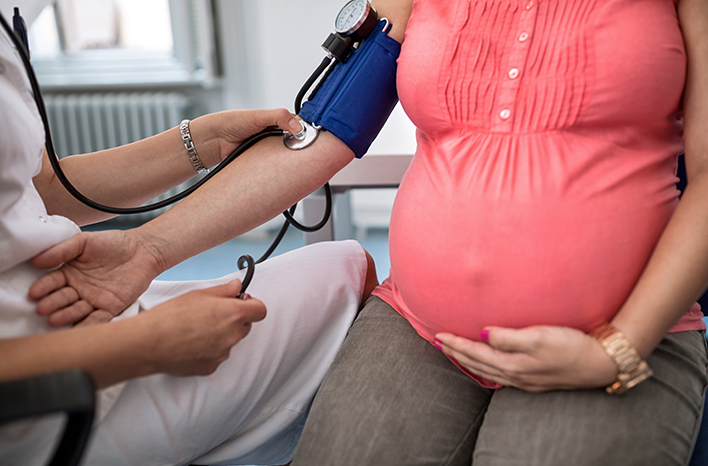Birthmother Resources / Pregnancy
What to Expect During Labor and Delivery

Until you go through labor and delivery yourself, it’s impossible to imagine how it will feel. For many women, their fear of labor and delivery is worse than it really is. The best thing to do is to learn as much as you can about it beforehand. Here is a brief overview of what to expect.
Signs of Labor
Your due date is only meant to serve as a guide; no one can predict with certainty when your labor will begin. Sometimes it can start weeks before or weeks after your due date. Here are some common signs you are going into labor. If you experience any of these symptoms, it’s a strong indicator that labor isn’t too far off.
- If your belly feels low and you’re experiencing an increased need to urinate, you may be noticing the first signs of labor. This means your baby is descending and pressing down on your bladder. This can happen anywhere from a few hours or even a few days from the onset of labor.
- Clear fluid leaking from your vagina means that the membranes that surrounded the baby have ruptured. This is more commonly known as your water breaking. This can occur hours before labor starts or during the process. Most women who experience this go into labor within 24 hours.
- Brownish discharge can occur days before labor. If this happens and your due date is near, don’t panic. This is just a natural symptom many women experience. If the discharge is bright red or if there is a lot of it, call your doctor right away.
- Contractions are usually a pretty good sign you are going into labor. At first, you may experience periodic or irregular contractions, but once they start happening at intervals of less than 10 minutes, that is a good sign that labor has started.
Stages of Labor
Labor is divided into three stages:
- Latent: The first phase of labor is the longest and least intense. Usually at this point, you will have arrived at the hospital. A nurse will get you situated in a hospital bed and hook you up to some machines to monitor the heart rates of you and your baby. You will also be checked to determine how much your cervix is dilated.
- Transition: During this stage, the cervix dilates up to 10 cm. Contractions are stronger, more frequent and painful. They come every two to four minutes and last somewhere between 60 to 90 seconds. Most women experience intense pain and pressure in their back and abdomen during each contraction.
- Delivery: This stage begins when the cervix is fully opened. At this point, the doctor will tell you to start pushing. Your pushing will move the baby down through the birth canal. When the widest part of your baby’s head reaches the vaginal opening and the head comes out, the doctor will remove the fluids from the baby’s mouth and nose. After that, you will need to push more to deliver the baby’s shoulders and body. After the baby is delivered, the umbilical cord is cut. You will also deliver the placenta that nourished the baby inside the womb. Each woman’s labor process is drastically different, and can last anywhere from 6 to 24 hours or longer.




